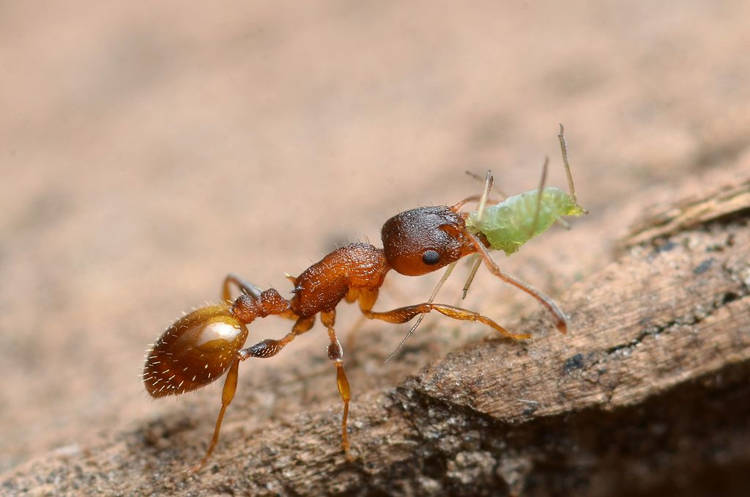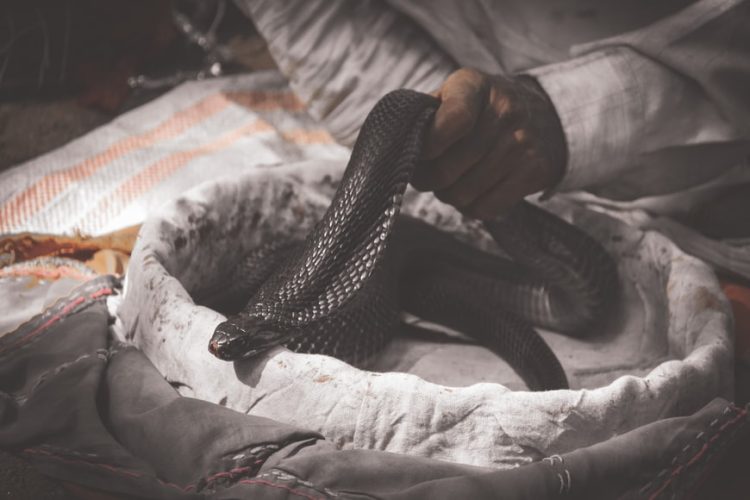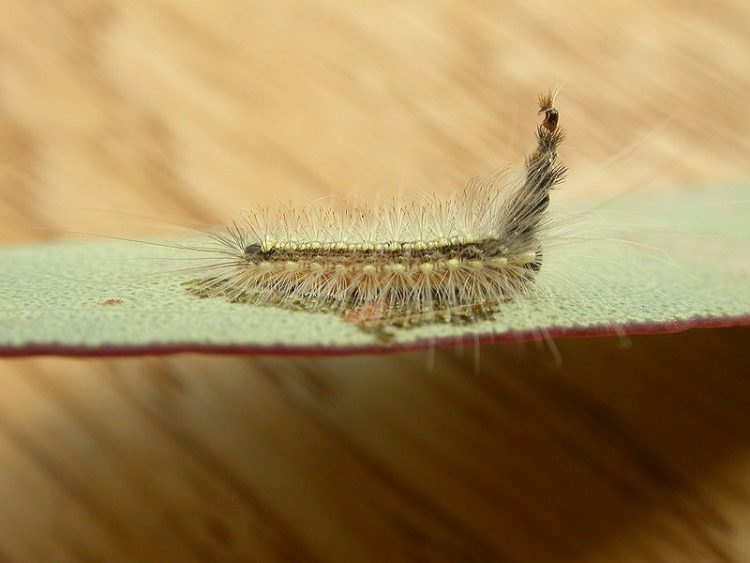Hitting a hole-in-one is one of the greatest things that can happen to a golf player, but in Japan, such a lucky shot can lead to such an expensive celebration that insurers actually sell hole-in-one insurance policies to mitigate the ‘risk’.
The average golfer has 1 in 12,500 chances of hitting a hole-in-one, while professional golf players have a 1in 2,500 chance of making the shot. Those are not particularly great odds, but they’re high enough to prompt many Japanese golfers to take hole-in-one insurance policies. You see, in the Asian country, it’s customary for whoever makes this incredibly lucky shot to through a celebratory party that can cost up to $10,000. That’s more expensive than most people want to pay, so in order to cut costs, many golfers take out special insurance policies for a few tens of dollars a year, just in case they get lucky.





















